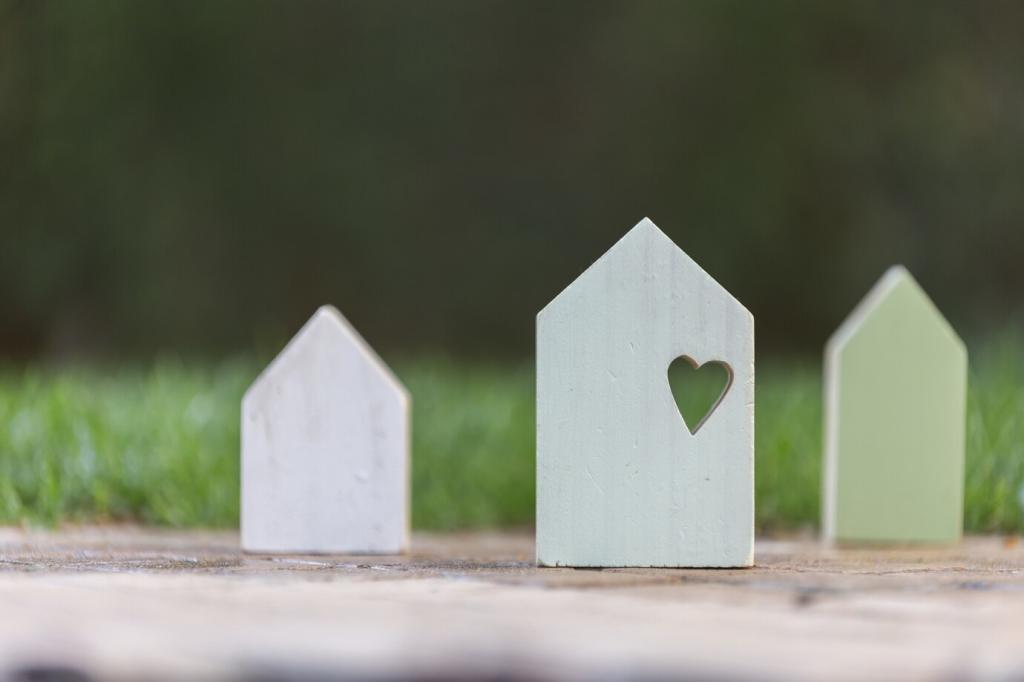
Eco-Friendly Home Renovation Materials
Eco-friendly home renovation materials are transforming the way homeowners update and improve their living spaces. By choosing sustainable, non-toxic, and responsibly sourced materials, you can significantly reduce your environmental footprint while creating a healthier indoor environment for your family. Whether you’re planning a minor refresh or a major remodel, exploring eco-conscious options for flooring, insulation, paints, and more allows you to combine style, durability, and ecological responsibility. This guide explores key categories of sustainable renovation materials and highlights the benefits and considerations for each, empowering you to make informed, planet-friendly choices for your next project.
Sustainable Flooring Options
Bamboo Flooring
Bamboo flooring stands out for its combination of strength, aesthetics, and sustainability. Unlike traditional hardwoods that can take decades to mature, bamboo is a fast-growing grass that reaches maturity in just three to five years, allowing for rapid renewal. When harvested and manufactured responsibly, bamboo flooring is as durable as oak or maple but with much less environmental impact. Its sleek, modern look fits a wide variety of interior designs, and its resilience makes it suitable for high-traffic areas. Additionally, the production of bamboo generates less waste and uses fewer chemicals compared to conventional timber processing, making it a top choice for eco-conscious renovators.
Cork Flooring
Cork flooring is harvested from the bark of cork oak trees without harming the tree itself, making it a truly renewable resource. With a soft, cushioned feel underfoot, cork is naturally antimicrobial, hypoallergenic, and an excellent insulator against both noise and temperature. Cork’s unique cellular structure allows it to ‘bounce back’ from impacts, which adds to its longevity in residential spaces. Eco-friendly cork flooring is also biodegradable and can be sourced with low-VOC adhesives and finishes, ensuring improved indoor air quality and sustainable end-of-life disposal.
Reclaimed Wood Flooring
Reclaimed wood flooring brings character and history into your home while diverting valuable timber from the waste stream. Sourced from dismantled barns, factories, and other historic buildings, reclaimed wood reduces demand for virgin lumber and preserves mature forests. Each plank carries unique imperfections and patinas, contributing a sense of authenticity and warmth to interiors. The manufacturing process of reclaimed wood requires minimal additional energy, making it a low-impact choice. By repurposing existing resources, reclaimed wood flooring is a testament to both craftsmanship and sustainability.

Low-VOC and Natural Paints
Water-based low-VOC paints are engineered to contain minimal levels of volatile organic compounds, which are known to contribute to indoor pollution and health issues such as headaches and respiratory irritation. These paints substitute harmful solvents with water, significantly reducing unpleasant odors during application and allowing for quicker drying times. Available in every color and finish imaginable, they don’t compromise on performance or appearance. Many respected paint manufacturers now offer low-VOC lines that provide excellent coverage, durability, and washability, making them suitable for any room in the home.
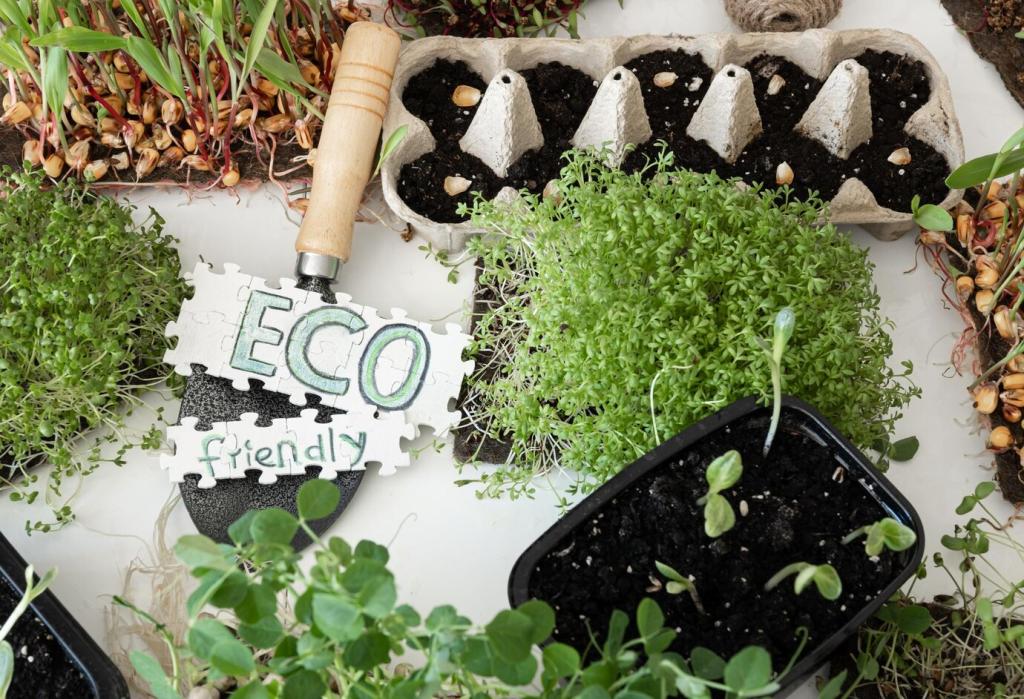
Recycled Glass Surfaces
Recycled glass surfaces combine post-consumer glass fragments with sustainable binders to create beautiful and durable countertops, tiles, and backsplashes. The manufacturing process diverts tons of waste glass from landfills each year. Each finished surface displays a mosaic of shimmering glass pieces, available in a wide range of colors and patterns to suit modern and traditional interiors alike. These non-porous surfaces are easy to clean and maintain, resistant to stains and scratches, and they offer a striking alternative to stone or laminate, showcasing sustainability in a bold, visual way.

Repurposed Brick and Stone
Using reclaimed brick or stone in renovation projects brings a sense of authenticity, permanence, and history that’s hard to match with new materials. Sourced from demolished structures, these materials require minimal additional processing, drastically lowering their environmental impact. Repurposed bricks can be used for everything from feature walls to pathways, while reclaimed stone makes excellent cladding or landscaping elements. Their weathered appearance and unique imperfections bring warmth and texture to indoor and outdoor spaces, demonstrating that beauty and sustainability can go hand in hand.

Salvaged Fixtures and Fittings
Salvaged fixtures—like doors, lighting, sinks, and cabinetry—offer an opportunity to personalize your home while reducing the demand for new manufacturing. Architectural salvage yards and antique markets are treasure troves for quality materials with craftsmanship and character rarely found in mass-produced options. Renovation with salvaged elements not only minimizes environmental impact through waste diversion but also supports local economies. Each piece brings a story and individuality to your renovation, reinforcing the connection between sustainability and thoughtful design.
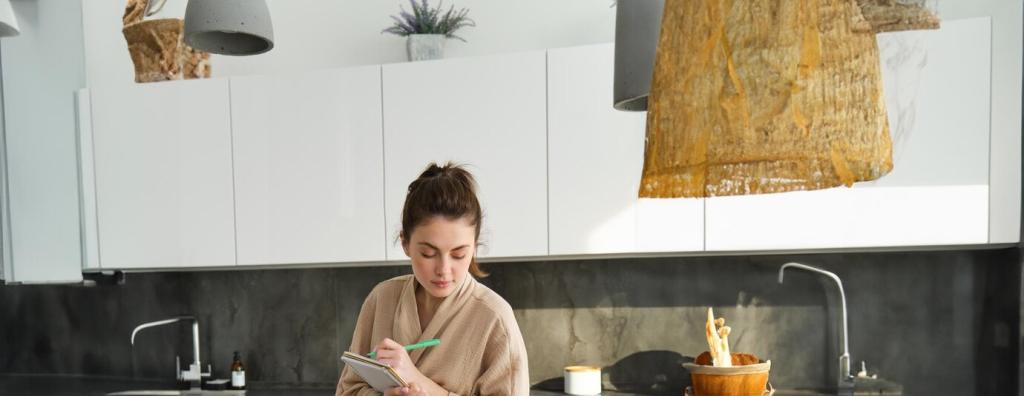
Recycled Denim Insulation
Recycled denim insulation repurposes discarded blue jeans and other cotton textiles into a high-performance building material. Free of harsh chemicals and irritants found in fiberglass, denim insulation is safe to handle and install. It boasts excellent thermal and acoustic properties, making it ideal for walls, attics, and floors. The manufacturing process itself has a considerably lower environmental impact, conserving water and energy compared to new textile production. By using recycled denim, you’re helping extend the lifecycle of textile waste and reducing landfill burden.
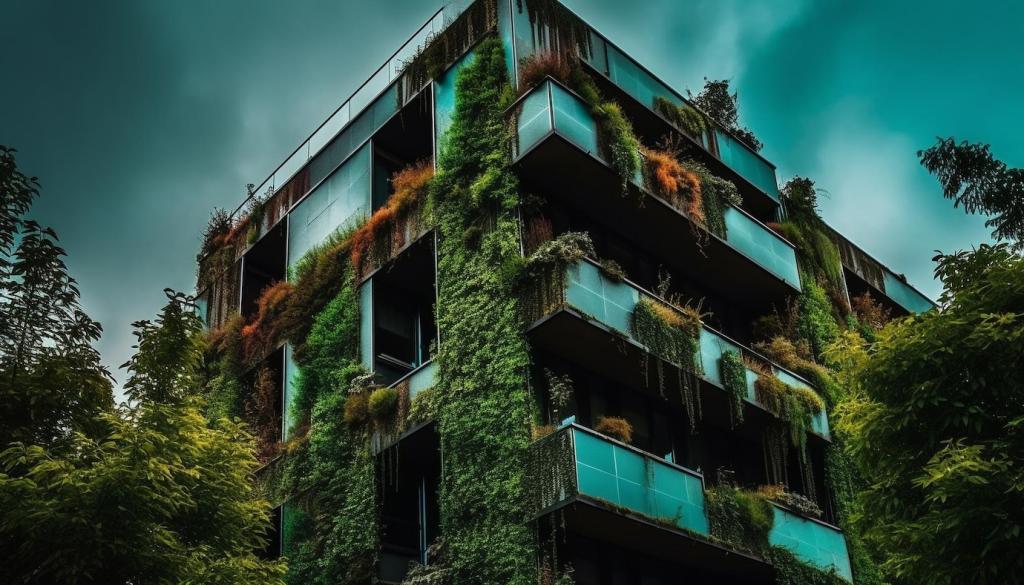
Sheep’s Wool Insulation
Sheep’s wool insulation is a natural, renewable product that offers remarkable temperature and moisture regulation properties. Wool fibers can absorb and release moisture without losing insulating value, aiding in the prevention of condensation and mold growth. It’s naturally fire-retardant without the need for chemical additives, safe to install, and fully biodegradable at the end of its useful life. Using sheep’s wool supports agricultural communities and promotes the sustainable management of grazing lands, making it a responsible and highly effective choice for eco-conscious renovators.
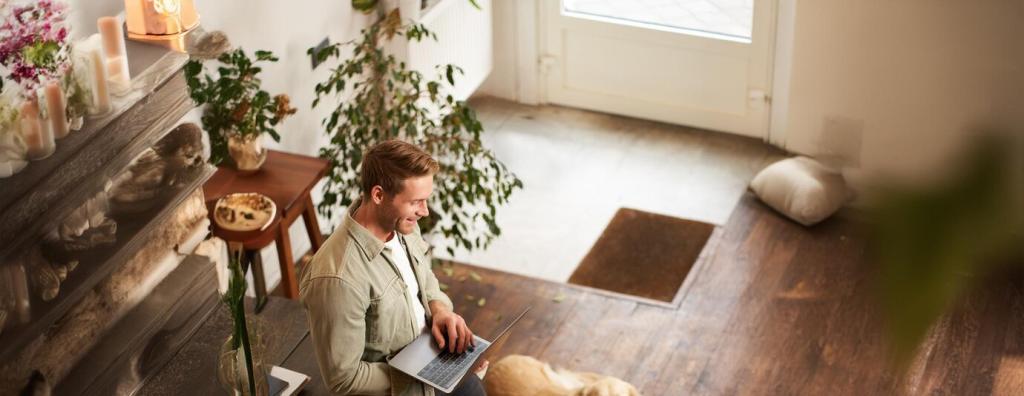
Cellulose Insulation
Cellulose insulation is primarily made from recycled paper products treated with non-toxic fire retardants. It is one of the oldest and most environmentally friendly insulation types, with a very low embodied energy. Cellulose provides excellent resistance to heat transfer, settling into wall cavities and attics to reduce air leakage. As it utilizes waste paper, including newsprint, cellulose diverts significant amounts of material from landfills. Properly installed cellulose insulation can help lower heating and cooling costs while making a significant contribution to overall sustainability efforts in your home.
Previous
Next
Renewable Wood Alternatives
Forest Stewardship Council (FSC)-certified timber comes from forests managed with stringent environmental, social, and economic standards. FSC certification ensures that wood products are harvested in a way that preserves biodiversity, prevents illegal logging, and respects indigenous rights. Using FSC timber in home renovations supports sustainable forestry practices and provides assurance of responsible sourcing. FSC-certified products are available in a wide array of species and can be used for framing, flooring, cabinetry, and trim, delivering both performance and peace of mind.
Eco-Friendly Countertops
Recycled Paper Composite Countertops
Recycled paper composite countertops are crafted from post-consumer paper and natural resins, creating a dense, durable, and attractive surface. These countertops come in a variety of colors and finishes, offering a warm, organic look that suits both contemporary and classic spaces. The manufacturing process uses minimal water and energy, further reducing their eco-footprint. Paper composite countertops are non-porous, resistant to stains and scratches, and easy to maintain, making them an outstanding choice for environmentally aware homeowners seeking a unique and practical solution.
Recycled Glass Countertops
Recycled glass countertops fuse waste glass with resin or cement to produce stunning, high-performance surfaces. The resulting material offers a striking mosaic effect, with glittering glass fragments suspended in a smooth, hard-wearing matrix. These countertops don’t just reduce landfill waste, they often contain up to 90% recycled content and are available in an array of bold designs. Maintenance is straightforward—most are non-porous and resist stains, scratches, and heat, providing long-lasting beauty while making a strong environmental statement.
Bamboo Countertops
Bamboo countertops provide a modern, renewable alternative to conventional wood or laminate surfaces. Since bamboo is a grass that grows exceptionally quickly, it is one of the most sustainable resources available for construction and interior design. These countertops are made by bonding strips of bamboo with eco-friendly adhesives and are finished with low-VOC sealants for added protection. Bamboo surfaces are exceptionally strong, lightweight, and resistant to moisture, making them suitable for kitchens, bathrooms, and workspaces committed to both style and sustainability.
Green Roofing Materials
Recycled metal roofing is produced from reclaimed steel, aluminum, or copper, diverting valuable resources from the waste stream. Metal roofs are incredibly durable, often lasting 40 to 70 years with minimal maintenance, which reduces the need for replacement materials over time. Their reflective surfaces help reduce cooling costs by reflecting solar heat, and at the end of their long lifespan, metal roofing is fully recyclable. Many recycled metal roofs come in an array of colors and profiles, marrying practicality, sustainability, and curb appeal.

Low-Flow Toilets and Fixtures
Low-flow toilets and fixtures are engineered to use significantly less water than traditional options without compromising performance. Advanced designs combine improved flush mechanisms, aerators, and flow restrictors to provide the same or better user experience with far lower water consumption. Installing WaterSense-labeled fixtures can reduce household water use by thousands of gallons annually, translating into utility savings and environmental benefits. These fixtures are available in a wide range of styles and price points, making it easy to choose sustainability without sacrificing comfort or aesthetics.
Permeable Outdoor Surfaces
Permeable surfaces for driveways, walkways, and patios allow rainwater to soak into the ground rather than run off, helping to recharge groundwater and prevent erosion. Materials such as permeable pavers, gravel, or open-joint stone work by creating spaces for water to percolate through the surface. This reduces the load on stormwater systems, minimizes flooding risk, and supports healthier ecosystems. Incorporating permeable surfaces is a smart way to extend sustainability outdoors and manage water responsibly on your property.
Recycled Content Tiles
Recycled content tiles, made from post-consumer glass or ceramic and sometimes even rubber or metal, offer a stylish and eco-friendly way to finish bathrooms, kitchens, and other wet areas. These tiles keep waste out of landfills and often require less energy to produce than virgin materials. Available in a plethora of colors, textures, and finishes, recycled tiles enable creative expression with a sustainable edge. Their durability and water resistance make them ideal for spaces where both environmental responsibility and performance matter most.
